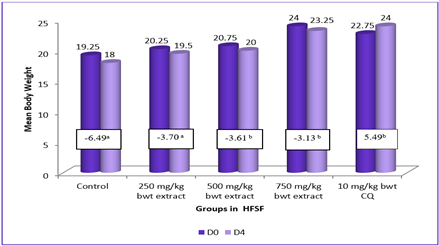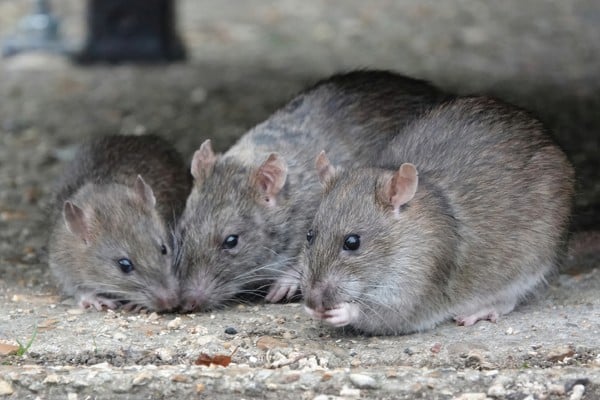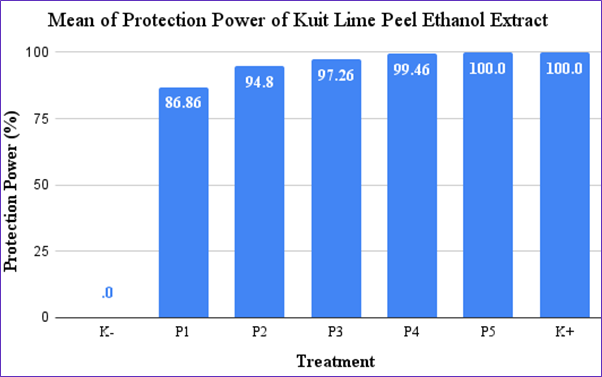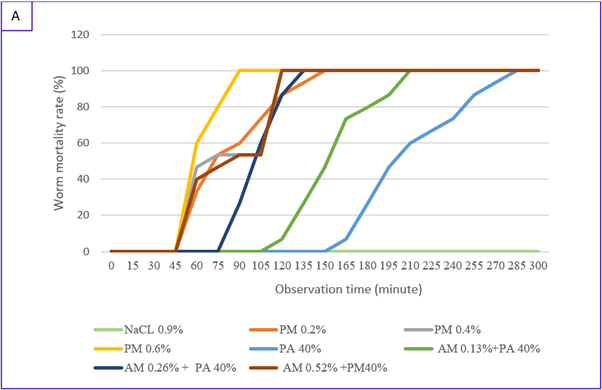Prevalence, Lesion Characteristics, Risk Factors of Scabies Transmission in Cats (Felis catus) at Go Pet Care Animal Clinic (2020-2022)
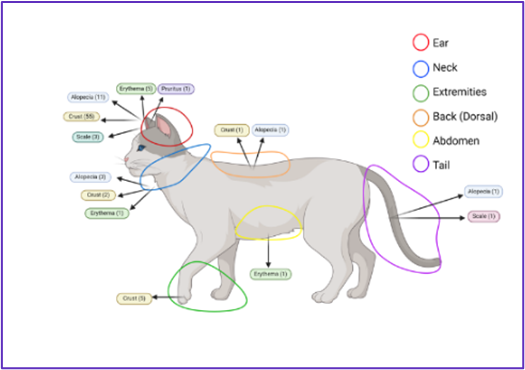
Downloads
The COVID-19 pandemic (2019-2021) resulted in a surge in pet adoptions, potentially elevating the risk of various diseases in domestic cats, including scabies. Scabies, a highly contagious dermatological condition, is primarily caused by parasitic mites such as Notoedres cati and Sarcoptes scabiei. This study aimed to investigate the prevalence, clinical manifestations, and associated risk factors of scabies in domestic cats at Go Pet Care Animal Clinic in West Bandung Regency over the period from 2020 to 2022. Utilizing a cross-sectional study design, secondary data were extracted from medical records and analyzed using Microsoft Excel and SPSS version 29.0.1.0. A chi-square test was performed with a 95% confidence level (α = 0.05) to assess the statistical significance of the findings. Out of 71 cats diagnosed with scabies, the highest incidence was observed in cats under one year of age (kittens), long-haired breeds, and females. The prevalence of scabies showed a significant increase, rising from 2% to 11.2% over the study period. Common clinical manifestations included alopecia and crusting. Statistical analysis revealed that age was a significant risk factor influencing the prevalence of scabies. These findings underscore the need for heightened awareness and preventive measures for scabies, particularly in younger and long-haired cats.
Amalia, D. (2013) Prevalensi Scabies Pada Kucing Di Rsh Prof. Soeparwi Yogyakarta Periode Januari-Agustus 2012. Available at: https://etd.repository.ugm.ac.id/penelitian/detail/61924#filepdf (Accessed: 15 November 2023).
Basavashree, K., Halmandge, S.C., and Patil, N.A. (2022) ‘Diagnosis and therapeutic management of feline scabies’, ~ 1847 ~ The Pharma Innovation Journal, 11(10), pp. 1847–1848. Available at: https://doi.org/10.1111/j.1365.
Bhat, S.A. et al. (2017) ‘Host immune responses to the itch mite, Sarcoptes scabiei, in humans’, Parasites & vectors, 10(1), p. 385. Available at: https://doi.org/10.1186/s13071-017-2320-4.
Cahya, N., Primarizky, H., and Yunita, M.N. (2022) ‘Risk Factors and Scabious Prevalence in Cats During 2020 in Griya Satwa Clinic, Magetan’, Jurnal Medik Veteriner, 5(1), pp. 81–86. Available at: https://doi.org/10.20473/jmv.vol5.iss1.2022.81-86.
Colella, V. et al. (2020) ‘Zoonotic Vectorborne Pathogens and Ectoparasites of Dogs and Cats in Eastern and Southeast Asia’, Emerging infectious diseases, 26(6), pp. 1221–1233. Available at: https://doi.org/10.3201/eid2606.191832.
Colombo, M. et al. (2022) ‘An Uncommon and Severe Clinical Case of Sarcoptes scabiei Infestation in a Cat’, Pathogens (Basel, Switzerland), 12(1). Available at: https://doi.org/10.3390/pathogens12010062.
Crowell-Davis, S.L., Curtis, T.M., and Knowles, R.J. (2004) ‘Social organization in the cat: a modern understanding’, Journal of feline medicine and surgery, 6(1), pp. 19–28. Available at: https://doi.org/10.1016/j.jfms.2003.09.013.
Dewi, A.H.K. et al. (2022) ‘Penanganan skabies pada kucing di Yourdaily Petshop and Vet Jakarta Timur’, ARSHI Veterinary Letters, 6(4), pp. 65–66. Available at: https://doi.org/10.29244/avl.6.4.65-66.
Febriani, A.A. (2021) Hubungan Antara Kelekatan Terhadap Kucing Peliharaan Dengan Stres Di Masa Pandemi Covid 19. Available at: http://digilib.unisayogya.ac.id/ (Accessed: 1 November 2023).
Hellmann, K. et al. (2013) ‘Treatment of naturally Notoedres cati-infested cats with a combination of imidacloprid 10 % / moxidectin 1 % Spot-on (Advocate® / Advantage® Multi, Bayer)’, Parasitology research, 112, pp. 57–66. Available at: https://doi.org/10.1007/s00436-013-3281-y.
Kumar, K.S. et al. (2008) ‘Ivermectin Therapy in The Management of Notoedric Mange in Cats’, Tamilnadu Journal Veterinary & Animal Sciences, 4(6), pp. 240-241. Available at: https://api.semanticscholar.org/CorpusID:74032781.
Palgunadi, B.U., Wangge, K.K.G., and Wardhani, L.D.K. (2021) ‘Handling of Scabies in Domestic Cat at Q-one Petklinik Surabaya’, Journal of Applied Veterinary Science and Technology, 2(2), pp. 50. Available at: https://doi.org/10.20473/javest.v2.i2.2021.50-53.
Sivajothi, S., Bhavanam, S.R., and Venkatasivakumar, R. (2015) ‘Chronic Dermatitis Complicated with Otitis Due to Notoedres cati in Persian Cat’, The Journal of Advances in Parasitology, 2(1), pp. 19-22. Available at: https://doi.org/10.14737/journal.jap/2015/2.1.19.22.
Susanto, H. et al. (2020) ‘Kasus Scabies (Sarcoptes Scabiei) Pada Kucing Di Klinik Intimedipet Surabaya’, Jurnal Biosains Pascasarjana, 22(1), pp. 37-45. Available at: https://doi.org/10.20473/jbp.v22i1.2020.37-45.
Yudhana, A. et al. (2021) ‘Diagnosa dan Observasi Terapi Infestasi Ektoparasit Notoedres cati Penyebab Penyakit Scabiosis Pada Kucing Peliharaan’, Media Kedokteran Hewan, 32(2), pp. 70-78. Available at: https://doi.org/10.20473/mkh.v32i2.2021.70-78.
Copyright (c) 2025 Journal of Parasite Science

This work is licensed under a Creative Commons Attribution-NonCommercial-ShareAlike 4.0 International License.
- Every manuscript submitted to must observe the policy and terms set by the Journal of Parasite Science
- Publication rights to manuscript content published by the Journal of Parasite Science is owned by the Journal of Parasite Science with the consent and approval of the author(s) concerned
- Authors and other parties are bound to the Creative Commons Attribution-NonCommercial-ShareAlike 4.0 International License for the published articles, legal formal aspect of journal publication accessibility refers to Creative Commons Attribution-NonCommercial-ShareAlike 4.0 International License (CC BY-NC-SA)
- By submitting the manuscript, the author agrees to the requirement that the copyright of the submitted article will be transferred to Journal of Parasite Science as the publisher of the journal. The intended copyright includes the right to publish articles in various forms (including reprints). journal of parasite science retains the publishing rights to published articles.



























